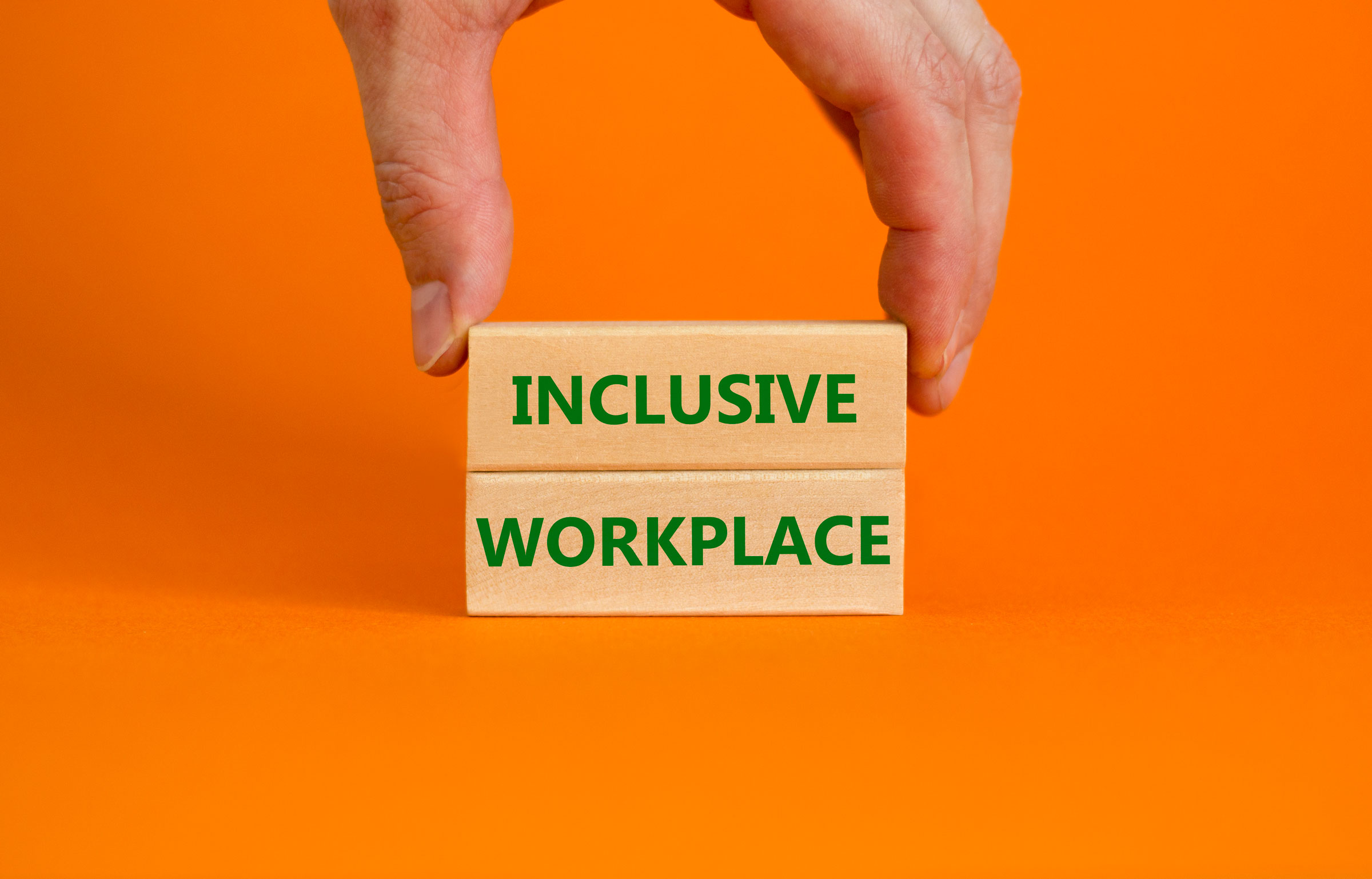Compared to 10 years ago, we’ve come on leaps and bounds when it comes to diversity and inclusion in the workplace. And that’s amazing. But there’s still work to be done, and the best place to start is by understanding what diversity and inclusion really means.
Diversity and inclusion are different but go hand in hand. Think of diversity as the “what”. Diversity is the mix of people you have – gender, ethnicity and sexual orientation to name a few.
Now think of inclusion as the “how”. Inclusion is how your culture makes people feel – confident and comfortable being themselves.
Why is inclusion so important?
Because inclusion is what gives diversity impact…. It helps move us closer towards a genuinely fair and unbiased society where everyone has the same empowerment and opportunity to thrive and succeed at work. And ultimately, be happy.
What are the benefits of creating an inclusive workplace?
Creating an inclusive workplace not only benefits your employees, but it has a massive impact on you and your business. Here are just some of the benefits that creating an inclusive workplace provides:
- Employees feel happier and have higher job satisfaction
- Reduced recruitment costs because staff don’t want to leave
- Higher productivity because your team feel motivated and know their work is appreciated
- Improved creativity and innovation because people aren’t scared to think
- Problems are taken away from you because people feel empowered to take action and problem solve
- Everyone’s happier. Better employees, better business, better you.
Everyone’s a winner.
“You need to ask yourself: how inclusive is my workplace?” How to figure this out…
Measuring inclusivity is a little bit tricky because there are so many things you need to think about. Which is why it’s best to work with a HR consultant, as they’ll know exactly what to do. Typically, there are 5 steps when it comes to measuring inclusivity.
Step 1: Think about what you want to find out about your business and how you’ll use these findings
Step 2: Complete an employee survey
Step 3: Create an action plan based on your findings
Step 4: Put the plan into action and offer team training
Step 5: Review and monitor the changes
Conducting an employee survey is typically the best way to research and measure inclusivity. However, there are other ways to measure inclusion, just so that you’re aware. And it’s important that you consider how your employees might like to give you feedback…….. Invite feedback in all forms – email, survey, face-to-face, video call. You could even offer an anonymous feedback form if you think it would give you a more honest response.
What can you do in your business to make it more inclusive?
Here are some ideas on what you could do to make your business more inclusive…
- Make job descriptions gender neutral
- Improve your policies to ensure they are inclusive
- Provide training for all staff on equality, diversity and inclusion so they know the difference
- Have zero tolerance for discrimination, harassment and bullying
- Blind screen CVs by taking the names off before you review them
- If you celebrate holidays, make sure you celebrate all holidays that are recognised by your team
- Recognise your staff when they go above and beyond
- Implement flexible working arrangements where possible
- Review your parental leave policy to include non-traditional families
- Create a menopause policy to support employees who may need it
Hopefully, this will help you make a start on creating the most inclusive business possible.
